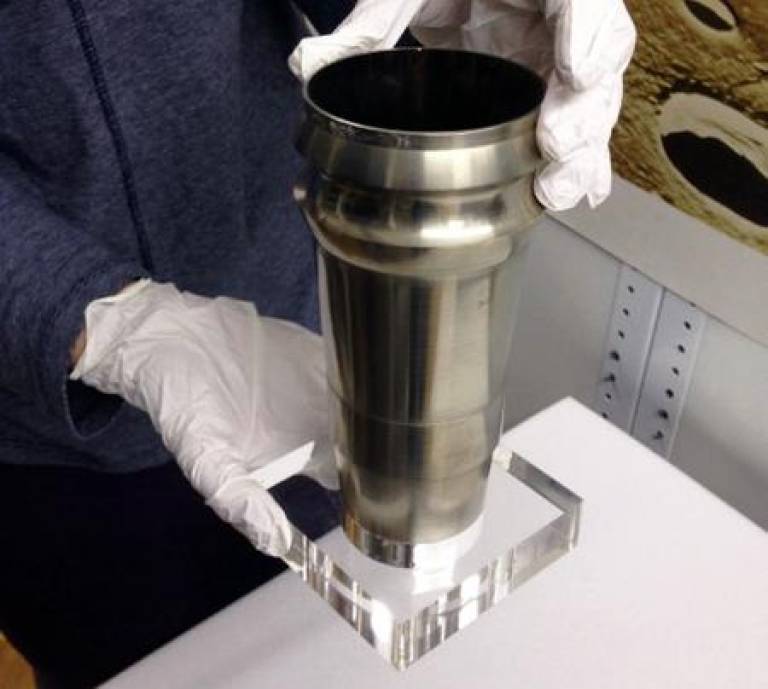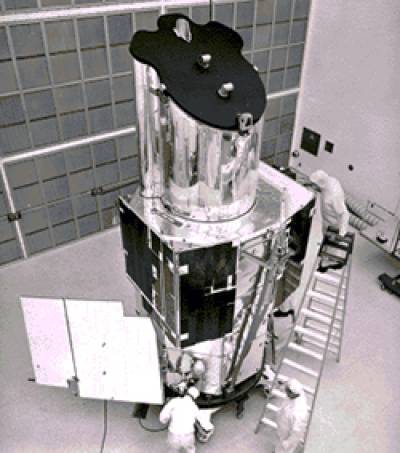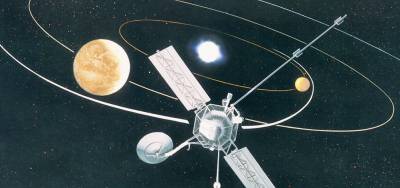X-ray vision
24 March 2014

UCL's Mullard Space Science Laboratory is often in the news thanks to its involvement in high-profile space missions. The lab has built and tested much of the instrumentation aboard missions such as the Herschel Space Observatory, Gaia and the forthcoming ExoMars rover.
But MSSL's place at the forefront of the British space programme dates back to the earliest days of the space race, and some of this rich history is old enough - and important enough - to find a place in museum collections.

Pictured above is a flight spare of the X-ray mirror from the Copernicus mission, launched in 1972. Copernicus - also known as OAO-3 - was one of the first space telescopes to fly, and, arguably, the most important until Hubble reached orbit in 1990. A joint US-UK mission, Copernicus' X-ray telescope instrument was built by MSSL.
Unlike optical telescopes, whose mirrors are shallow dishes (much the same shape as the satellite antennas we use to receive Sky TV broadcasts), X-ray mirrors are much deeper - so much so that they look more like gently tapering tubes than dishes. This is because X-rays are easily absorbed by a mirror. The curve of the mirror needs to be almost parallel to the incoming rays, so that the photons just graze the surface.
The mirror is in the collections of the Science Museum, along with several dozen other items from MSSL's history.
Photo credit: Lucie Green (UCL MSSL). Acknowlegement: the Science Museum
Links
High resolution image
This image can be reproduced freely providing the source is credited
 Close
Close




